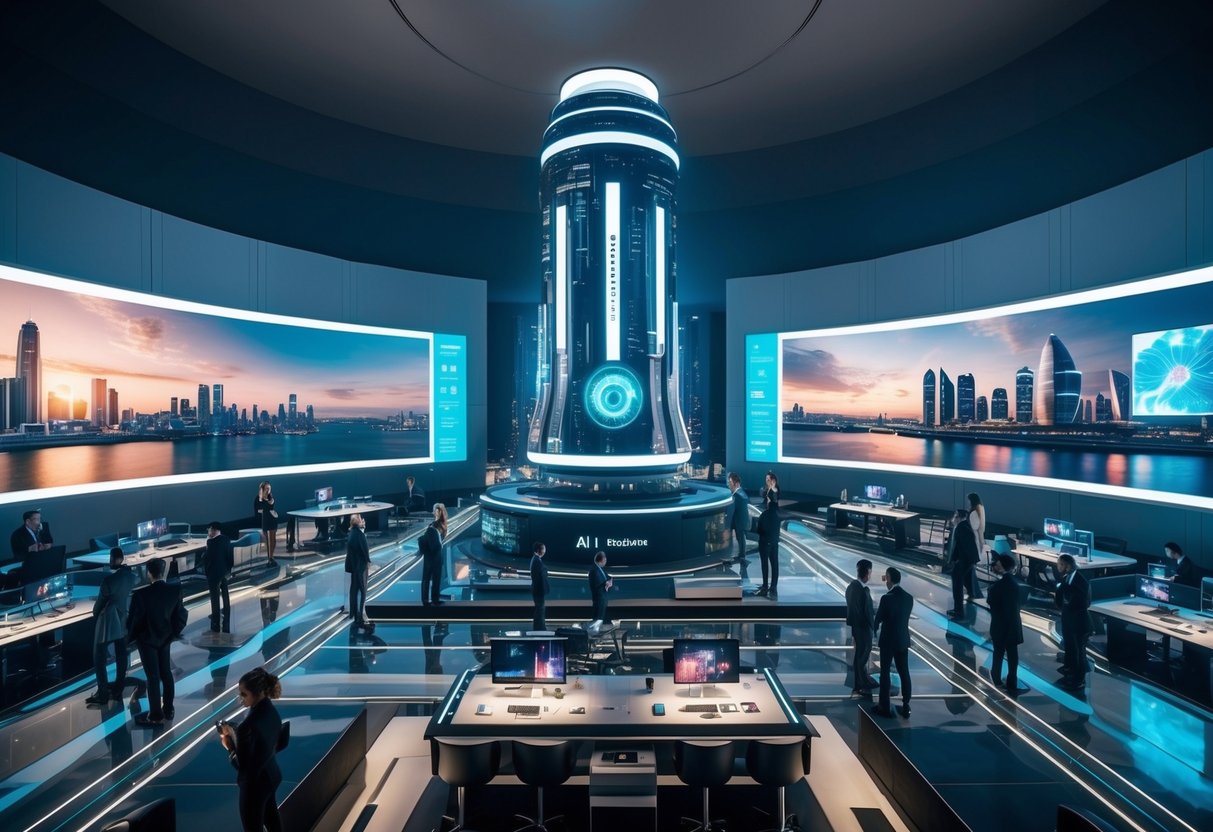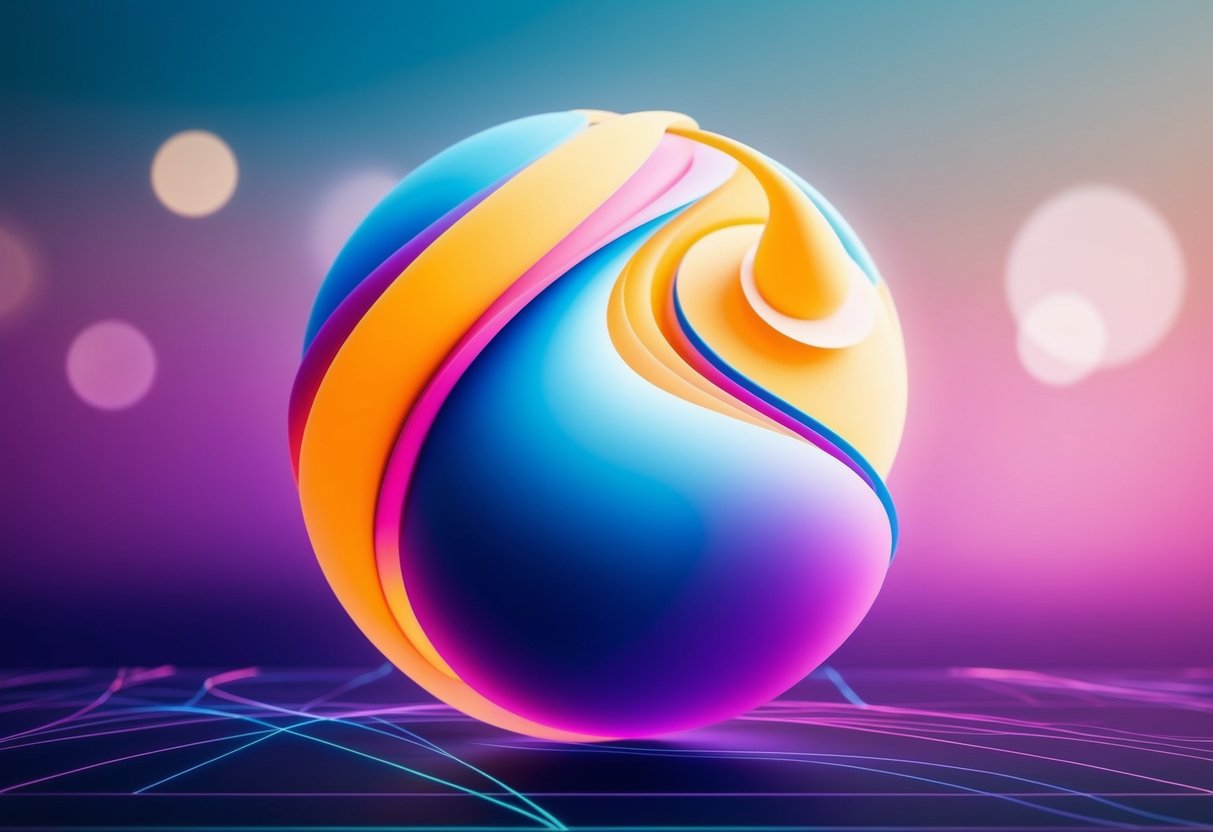
AI-Generated Art and Originality
AI-generated art is garnering attention for its ability to produce stylistically diverse creations autonomously. Algorithms can analyze thousands of art pieces, learning styles and techniques to generate new artworks that often blur the line between human and machine creativity. This has ignited debate regarding the originality and value of AI-created art.
AI’s capacity to mimic or innovate poses significant questions about artistic authorship. While some view AI outputs as a mere reflection of programmed patterns, others argue that they represent a new form of original art. Artists using AI technology collaborate with these systems to push boundaries, exploring ideas beyond conventional human capacity, therefore broadening the definition of what can be considered as original art.
Addressing Ethical Considerations

Artificial intelligence significantly impacts the arts by raising critical issues concerning authorship, intellectual property, and potential biases. These elements underscore the importance of ethical practices in AI-driven creativity, ensuring that innovations serve broad, equitable purposes.
Authorship and Intellectual Property
AI’s role in the creative process introduces questions about authorship and ownership of the generated content. Determining who holds the rights to a work produced by AI involves understanding the contributions of both human creators and algorithms. Legal frameworks are evolving to address these complexities.
In some cases, AI assists artists in expanding their creative boundaries. Yet, the lines between human input and AI-generated work can blur, challenging traditional concepts of originality and creativity. Protecting the rights of artists while acknowledging AI’s role requires careful legal and ethical navigation.
Bias and Inclusivity in AI-Driven Arts
Bias in AI can inadvertently impact the inclusivity of AI-generated art. Since AI systems learn from existing datasets, they may adopt or amplify biases present in the data. This can lead to art that perpetuates stereotypes or lacks diverse perspectives.
Ensuring inclusivity involves selecting diverse training data and developing algorithms that promote equity. Artists and developers must be vigilant, recognizing the potential of AI to either contribute to or detract from social equality. Ethical AI art creation seeks to celebrate and reflect diverse cultures and experiences, necessitating ongoing attention and adjustment.
Case Studies: Successes in AI-Powered Creativity
AI is playing a transformative role in the arts, offering new tools for music composition and creating stunning visual art. Notable case studies showcase the potential of AI-generated music and explore the artistic capabilities of tools like DeepDream and GANs in producing captivating images. These innovations highlight significant advances in creative technology.
Breaking Ground in AI-Generated Music
In recent years, AI has made significant strides in music composition. One prominent example is the collaboration between AI and human musicians to compose novel pieces. AI tools, such as OpenAI’s MuseNet, can create complex compositions across a range of genres, from classical to jazz. These compositions often surprise audiences with their creativity and musicality.
People use AI to generate unique soundtracks for various contexts, including films and games. The adaptability and speed of AI in generating compositions provide musicians and producers with fresh, innovative materials. This fusion of technology and creativity opens up new avenues for artistic expression and sets a precedent for future developments in music.
Visual Spectacles with DeepDream and GANs
DeepDream, a program developed by Google, has created a new artistic movement by transforming ordinary images into surreal artwork. Using machine learning, DeepDream modifies patterns, making them appear dreamlike and psychedelic. This approach has been used in art galleries and digital exhibitions to great effect.
Similarly, Generative Adversarial Networks (GANs) propel AI-generated images to new heights. Artists embrace GANs for their ability to generate hyper-realistic images. Used in fashion design, advertising, and the film industry, GANs offer limitless potential in creating visual content. Whether for exploring artistic boundaries or commercial purposes, these technologies continue to revolutionize visual art.